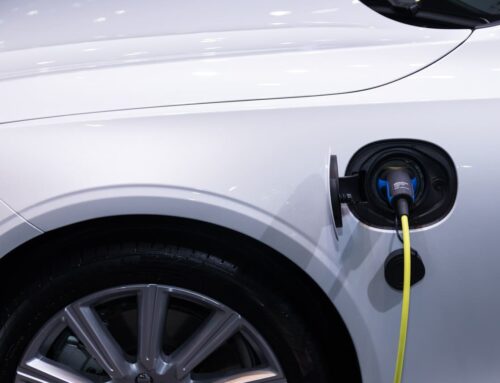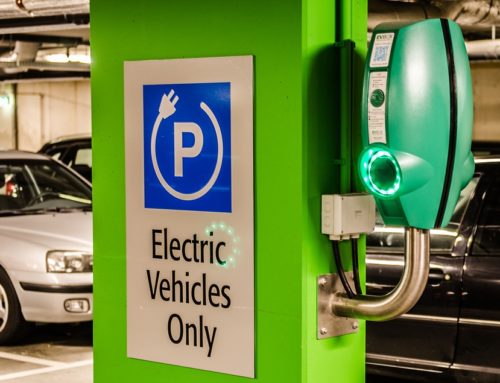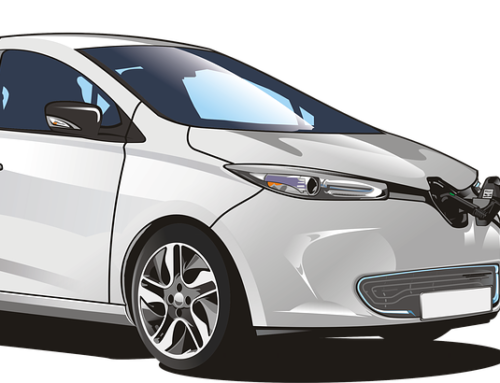Electric vehicles are now becoming popular among people. These are efficient, powerful and eco-friendly vehicles. What sets the electric vehicles part from regular IC automobile.? The answer is an electric motor which runs the sustainable mode of transport. Of course, it teams up with a pack of battery to run the system. when we take a look at electric car’s like Tesla or BMW i3, we can say that technology has advanced a lot. These cars make use of powerful motor systems. This enables the electric cars to perform efficiently by showcasing high torque and great range. Electric motors are not one of one type. They can be classified into various types. Today we will discuss different types of electric vehicle motor available for various purpose.
What are the Different Types of Electric Vehicle Motor
Now, let’s take a look at what are the various kind of motor used in electric vehicles.
DC Series Motor
A DC Series motor is used in traction applications like running trains, elevators and crane operations. It offers a higher starting torque. The high torque is required to move high inertia loads.
The DC motor has field winding and the armature winding. These are connected in the series. The same magnitude of the current flows through both the winding. This is what leads to high starting torque.
This type of motor comes under the category of brushed motors as it has brushes and commutators. we can control the DC motor speed using a variable supply voltage or by changing the strength of the current in its field windings.
The primary advantage associated with these motors it is easy to control the speed. Also, it can withstand a sudden increase in the load.
Permanent Magnet Synchronous Motor
Usually abbreviated as PMSM, this electric vehicle motor has a permanent magnet on the rotors. They exhibit high power density and high efficiency. These motors contain multiphase AC electromagnets on the stator of the motor. This creates a magnetic field which rotates in time with the oscillation of line current. The rotor has electromagnets which turn in with stator field at the same rate. This provides the second synchronized rotating magnet field.
This kind of motor is mainly used on electric buses and cars. The PMSM is the first choice for many automakers for manufacturing hybrid vehicles. These motors are more performance-oriented. Notable automobile manufacturers such as Chevrolet, Ford, and BMW make use of permanent magnet synchronous motor for their electric cars.
You May Also Like,
Brushless DC Motors
As the name suggests these are similar to the DC motors we have explained above. However, these motors are devoid of brushes and commutators. It follows electronic commutation. Even these motors showcase high performance and efficiency. They exhibit high starting torque.
Brushless DC motors are further classified into two categories.
- Out-runner type BLDC
- In-runner type BLDC
Out-runner type BLDC
These are also called the Hub motors as the wheel is directly connected to the exterior rotor. The rotor is outside of the motor and the stator is present inside. using this motor eliminates the need for an external gear system. however, the elimination of the requirement of space for mounting motor comes at a price. This limits the power output of the motor.
In-runner type BLDC
This motor is just the opposite of out-runner motor. The rotor is present inside and it requires essential gear transmission system. You will usually see the use of this kind of motor in electric scooters and three-wheelers.
Three-phase AC Induction Motor
These motors are also known as self-starting induction motors. Unlike the DC motors, the three-phase AC induction motors do not exhibit high starting torque. As per their design, these motors can give an efficient output of 90 to 95 percent. The AC induction motor requires a complex inverter circuit and hence control of the motor is difficult. 3 phase AC induction motor doesn’t require a starting device.
In this motor, the rotor current is induced by magnetic fields and no electrical connections. It’s working is based on the production of rotating magnetic field.
The popular electric vehicle makes Tesla makes use of AC induction motors. Also, other notable Indian automakers like TATA and TVS have plans to produce electric vehicles with induction motor system. These kind of motor systems are easier to maintain hence making them an economical choice for automakers.
Switched Reluctance Motors
The SRM runs on the reluctance torque. These are easy to construct motors with laminated steel rotor. The rotor has no permanent magnet or windings on it. The power delivery to the stator and not the rotor. So, due to this, the rotor has low inertia leasing to high acceleration. These motors are suitable for use in electric vehicles. They offer a higher performance density.
 One of the biggest advantages of the switched reluctance motos is their ability to cool down. This is possible because the heat which generates during its functioning stays around the stator.
One of the biggest advantages of the switched reluctance motos is their ability to cool down. This is possible because the heat which generates during its functioning stays around the stator.
Though it has good scope for performance, it has its share of drawbacks as well. It is quite complex to control and has a complex switching circuit. This motor can also cause noise issues.
How to choose the right motor for a particular Electric vehicle
Now, the question arises how to know which kind of electric motor is required for which electric mode of transpost.?Normally, the two-wheeler and three-wheeler electric vehicles make use of BLDC motors. If we consider better performance-oriented two-wheelers, electric cars, buses then it’s advisable to use permanent magnet synchronous motor or AC-induction motor.
Maybe in the future, reluctance motor will become less expensive, then it may become an ideal alternative for AC-induction and PMSM motors.
So, this is it, guys. These are the different kinds of electric vehicle motor. Stay tuned with EVLens for all the latest news updates and interesting discussions on electric vehicles.










Leave A Comment